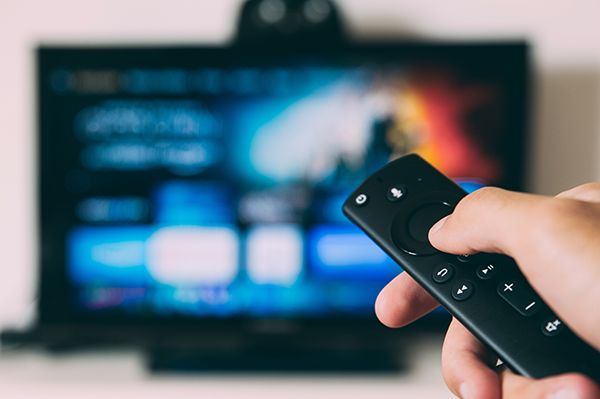
As TV audiences contract, Broadcast Video on Demand (or BVOD) inventory is becoming increasingly important, particularly for advertisers looking for incremental reach and access to younger demographics. BVOD services have their largest audiences in the UK, with usage of over-the-top services reaching large swathes of the population; BBC iPlayer (60% usage), ITV Hub (40%) and All4 (25%) – Source: Ofcom/Ampere – The UK VOD Market – 2019
BVOD faces challenges from the broader VOD marketplace, which includes the likes of Netflix and YouTube. However, the former like many other subscription VOD services is ad free and the latter, whilst offering scale, cannot compete in terms of inventory quality and brand safety; something that’s important to advertisers migrating budget from TV into digital.
Furthermore, its close relationship to TV trading and its integration into newly formed ‘AV Teams’ (within media agencies), position BVOD perfectly to hoover up excess TV budgets.
However, as investment has increased so has scrutiny and this has exposed a number of issues within the BVOD ecosystem, which as digital auditors we’ve seen first-hand:
Transparency
Firstly, and potentially most worrying, is the issue of transparency. Much of the BVOD marketplace remains black box with only a minimal amount of information being shared, particularly in relation to programming. In addition to this, ad-verification systems are restricted, preventing the use of viewability, fraud, geo and brand safety verification. As a result, both clients and agencies are limited in their ability to manage reach & frequency or assess the quality of inventory delivered.
There are some improvements in this area; All4’s ‘Project Agora’ will enable advertisers to run their own custom audiences across Channel 4’s platforms. This improves audience transparency but needs to be matched by programming transparency.
Cost
From a commercial perspective CPM rates are significantly higher than their TV equivalent buying audiences. We have seen ABC1 adults traded at six times higher on BVOD than TV. This is potentially a legacy issue dating back to the time when VOD was perceived as an exclusive and in turn premium channel – 5% of VOD services are now used by more than 25% of UK households (Ofcom/Ampere – The UK VOD Market – 2019) therefore CPM’s need to come into line with the broader market rates.
Measurement
Methodologies for calculating the incremental reach of TV are cannot be substantiated; they are theoretical rather than proven. Furthermore, the impact of BVOD on brand metrics (such as Awareness & Consideration) cannot be isolated due to the influence of TV investment on these metrics. Without effective measurement in place it is difficult to conduct robust or inform future planning decisions.
Many of the above issues relate to the fact that BVOD has been largely treated as an offline channel, its digital capabilities forgotten or ignored. This is particularly apparent when reviewing a BVOD media plan, where impressions tend to be the only KPI on the page and targeting is broken out at a broadcaster level only.
BVOD needs to be held accountable in the same way – and to the same standards – as the rest of digital media. To combat these issues our clients have implemented a variety of solutions to help improve transparency, manage quality and enable optimisation.
MediaSense Best Practice
1. Tracking BVOD campaigns through an ad-server can provide useful insights into performance and quality that can be used to inform optimisation and planning. For example, ad-servers can provide a single reach figure for a campaign and whilst frequency can’t be actively managed it can be monitored and adjustments made to maximise effective reach.
2. Quality measures can also be extracted from the ad-server, and device type data offers interesting insights into screen size, which in turn provides a proxy for quality – an ad served on a Connected TV is ostensibly better quality than an ad on a mobile device.
3. Time of day data can be used to organise impressions into traditional daypart categories, which in turn indicate a certain quality of ad, e.g. if all your ads are being served at 3am you may have an issue.
4. Using a broader set of digital KPIs will also improve insights into activity, a CTR% (although a basic metric) has some bearing on the relevance of an ad to a user. If possible, measuring the audibility of ads is also a useful guide to quality.
5. To address the measurement issue advertisers can run incrementality tests on campaigns to try to establish the effective contribution of BVOD to brand metrics.
6. Finally, expanding the media plan structure to provide optimisation opportunities, for example segmenting the media plan by audience can provide more insight into performance
Whilst the above do not solve the problem of programming transparency and measurement limitations they can improve the accountability of a BVOD campaign offering the advertisers some insights into delivery and performance.